In her splendid biography of her mother, Molly Keane, Sally Phipps quotes Keane’s close friend Elizabeth Bowen as thinking of “permanence as an attribute of recalled places”. The words seem a prescient metaphor for the latest recall at Doneraile Court, the 17th-century country house, in north Co Cork, that was the home of the St Leger family for more than two centuries.
Here, in the continued refurbishment of the house after 18 months’ work on the first floor, and on the extended exhibition area devoted to Bowen, the result is an impression of permanence.
The continuance, managed by Mary Heffernan of the Office of Public Works with her colleague Christopher Moore, follows through suggestion, implication and something like restitution. There is a subtle cohesion even as it embraces developments that go deep as well as wide.
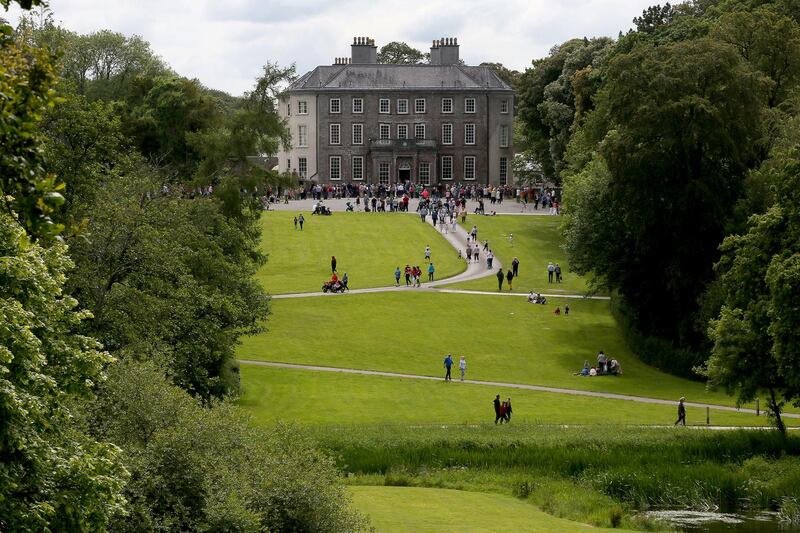
Throughout these rooms the doorcases open on planes of light. From boudoir to salon, the enfilade glows with the invitation to explore a remarkable house in its remarkable landscape. It remains a house of its time, and also of now. Explaining a changed layout on the ground floor, the head guide, Janet Schley, enjoys the way rooms alter, items are placed and replaced, a vista is enhanced so that “now the house is showing another face”.

To linger through these rooms is to engage with increasing willingness with an array of sources and people from whom the additional furnishings, paintings, artefacts, carpets and photographs have been solicited or donated, bought or discovered. Above all, these distinguished spaces lure the visitor to enter a company so diverse as almost to imagine oneself included in one of those parties hosted by Bowen, in her confident and abundant hospitality, a characteristic now captured in this house, which was something of a home from home for her.
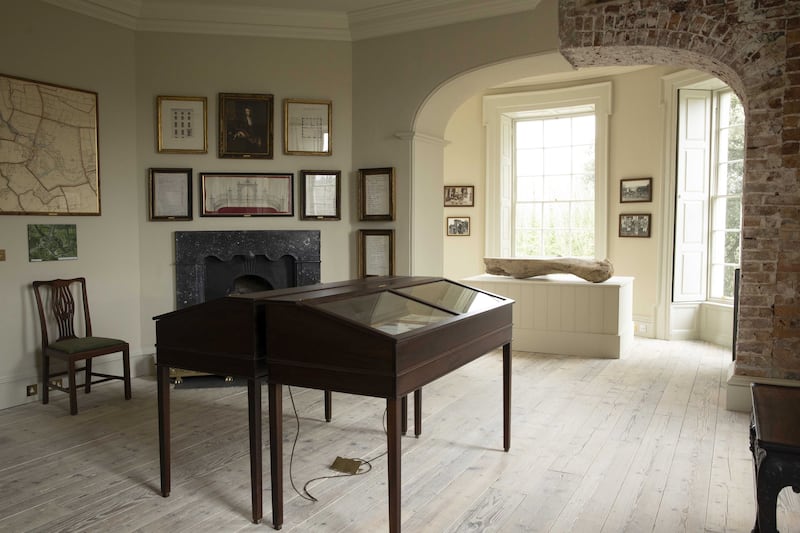
It was to her own Bowen’s Court, nearby, that this Irish novelist brought other writers and artists, such as Iris Murdoch, Roger Senhouse, Evelyn Waugh, Isaiah Berlin, Rosamund Lehman, Bowen’s cousin Hubert Butler and, in another of these vivid photographs, Eudora Welty, in her summer frock. One sunny April, Bowen recalls in an essay of 1958, a visit by the editor and critic Cyril Connolly coincided with one by Virginia Woolf. Although Connolly never travelled without his locked diary, nothing was recorded of this encounter, for Connolly had lost its key.
[ State millions and good memories: Bringing a grand house back to lifeOpens in new window ]
There was Bowen’s lover Sean O’Faolain sitting out on the front steps; Frank O’Connor chanting in the library; “New Ireland” tearing to her doors in the form of her cousin Dudley Colley, “a racing ace” into whose Frazer-Nash sports car leaped the American writer Carson McCullers, her face tense “with the thought of speed”. Eddie Sackville-West, the writer and critic, and a cousin of the writer and gardener Vita Sackville-West, of Knole and Sissinghurst, was an ardent friend, sharing what Bowen called a “fully developed social instinct” – an instinct that she considered was like a modern version of Christianity, allowing the mingling of local friends and family connections with luminaries from many elsewheres, although few of them were likely to relish David Cecil’s conversational experience of sharing his room with a white owl perched on the end of his bed.
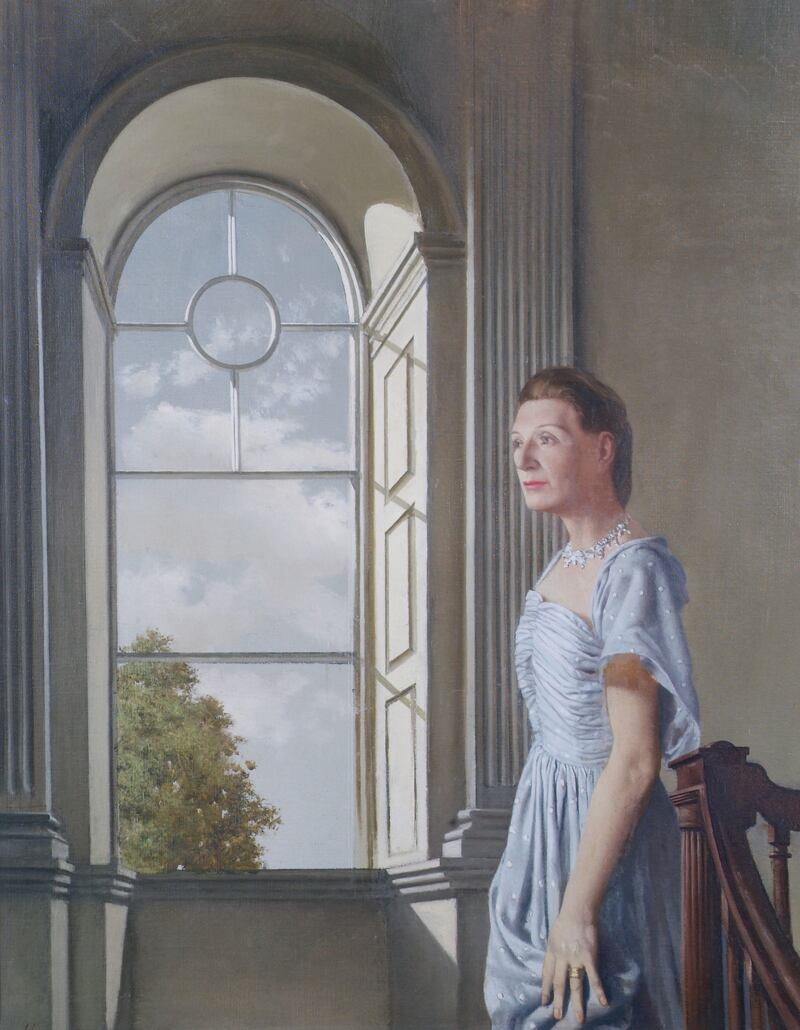
In 1957 Patrick Hennessy “did some further alterations to that portrait of me”, Bowen writes to the Canadian diplomat Charles Ritchie, with whom she had entered a loving relationship that was to last until her death, in 1973. The letter is included in Love’s Civil War, from 2008, a selection of their correspondence and diaries covering 32 years and impeccably edited by Bowen’s biographer Victoria Glendinning with Judith Robertson. The Hennessy portrait, on loan from the Crawford gallery in Cork, hangs now at Doneraile – where, not incidentally, the hanging schemes are particularly elegant.
That the symmetry of so much of what has been achieved at Doneraile Court is no accident is indicated by the fact that Dudley Colley’s son Finlay Colley has made, with Lady Rathdonnell, what Mary Heffernan describes as an “enormous contribution” to this Bowen exhibition. Thanks to them it is both extensive and fascinating; it links through a corridor to the room where the central shelves of a large glazed bookcase are filled by a leather-bound collection of classics suitable for a country-house library, donated by the art historian Alistair Rowan. These impressive volumes are flanked by copies of Bowen’s books from the library of Mary Lavin, some signed by her at Bective. On the table nearby sits Bowen’s slender Olympic Splendid typewriter.
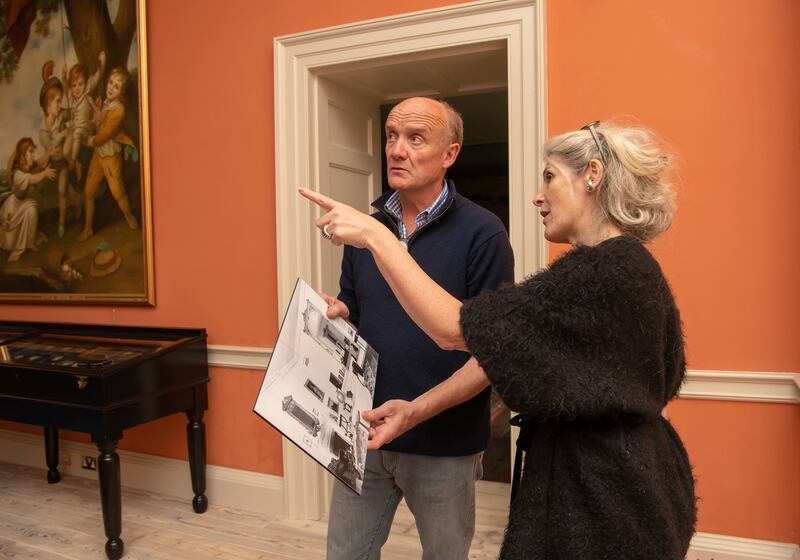
More acquisitions, donations and loans bring warmth and authenticity within the entire house. From Edmund Corrigan came a gathering of exquisite miniatures; in the ground-floor library framed silhouettes accompany a library chair restored and returned to Doneraile by Jerusha McCormack; a portrait of Elizabeth St Leger, Lady Aldworth, hangs near the alcove, assumed to be the place from which she overheard the proceedings of a masonic lodge and subsequently became the first recorded woman Freemason.
The sumptuous canopied bed in Lady Doneraile’s room came from Sally and Charles Clements of Killadoon, and in her boudoir the blue foliat wallpaper was copied by David Skinner from a fragment of the original kept by Arthur Montgomery, formerly caretaker at the court with the Irish Georgian Society.
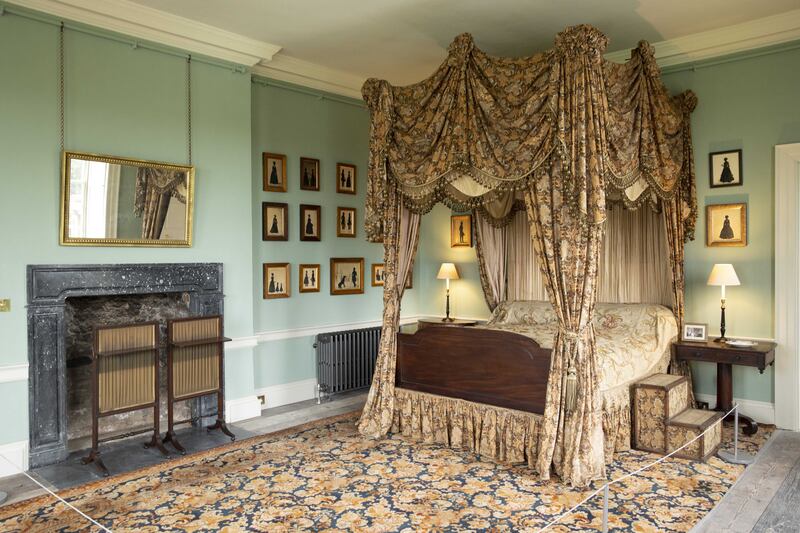
Like the Hennessy portrait, 10 other paintings lent by the Crawford gallery enrich the atmosphere of the house, which owes so much to the OPW, to the Government’s art department and its collections, and to the skills of Irish craftsmen and craftswomen through many years.

Heffernan believes that the strategic locations of houses such as Doneraile Court, close to the Kilcoman home of the poet Edmund Spenser, provide a context from which to learn again the difficult history of Ireland. “At Doneraile we have to recognise that there was a plantation of Munster. This estate was sold to the St Legers by a son of Edmund Spenser. Spenser is a global figure, and when we have a chance to connect to a global figure, we have to grab on to it.”
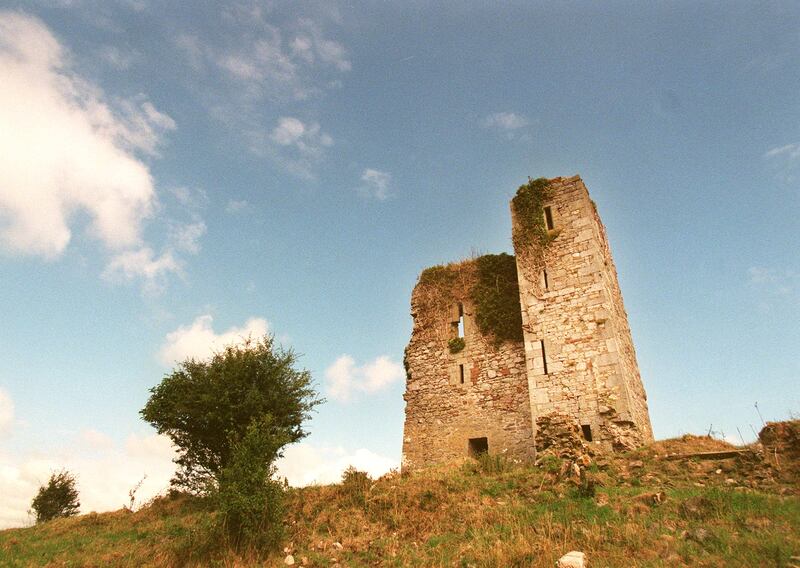
There are other things worth grabbing; outside the estate walls stands the parochial house of the priest and novelist Canon Patrick Sheehan (1852-1913), friend of Claire St Leger, Lady Castletown, and of her friend Oliver Wendell Holmes, the American supreme court judge.
In order to complete the picture at Doneraile Court, Mary Heffernan’s big sell is the restoration of its conservatory in a project led by Rosemary Collier of the OPW. “The capital cost that has gone into this already only makes sense when you get it all coming together.” At Doneraile Court the antiquarian Lesley Roberts has mounted a photographic catalogue of fine old houses erased from the landscape of Co Cork. Passing the Bowen’s Court fields at Farahy, I think of them, and of how Doneraile Court must have been holding its breath for years, waiting for it all to come together in a new permanence.
Doneraile Court reopens on Friday, March 31st; Edmund Spenser’s biographer Andrew Hadfield will feature in a lecture series being planned there this year










